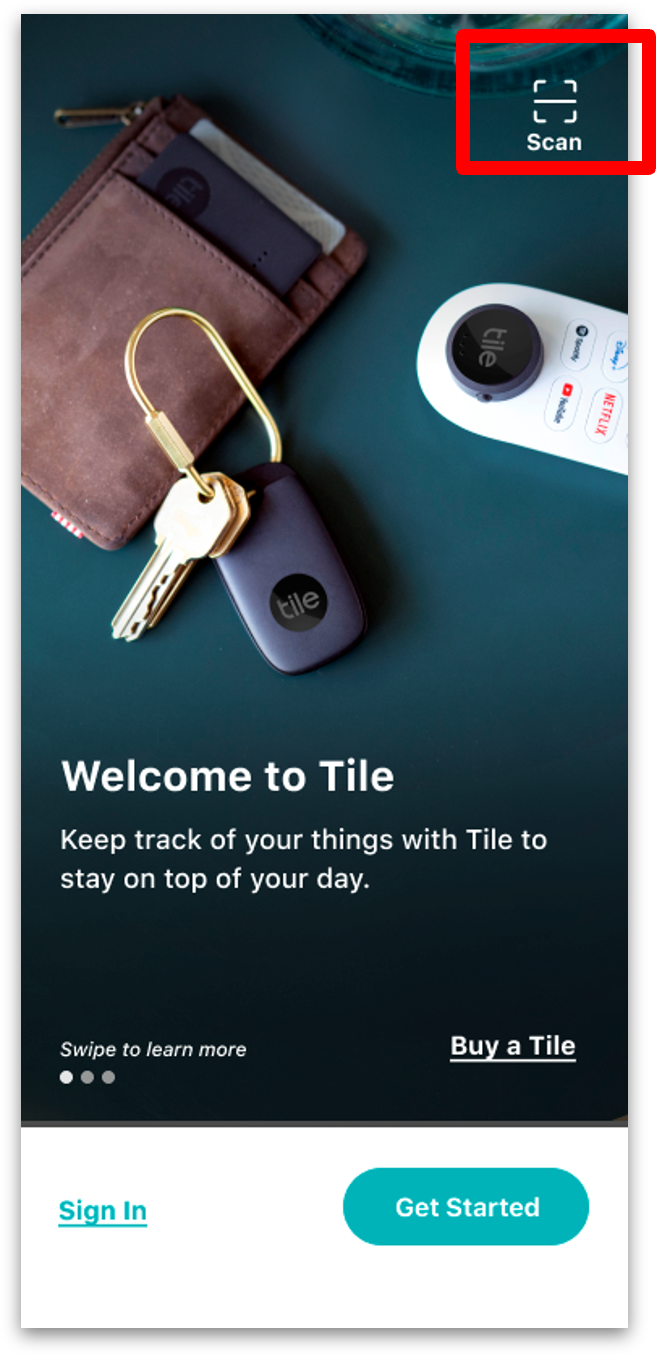Western Digital’s proprietary file explorer EdgeRover, has received a patch that addresses a critical security vulnerability.
The fixed flaw, tracked as CVE-2022-22998, is a directory traversal bug, which essentially means – people were allowed to access restricted files. Discovered by cybersecurity researcher Xavier Danest, it’s been given a severity score of 9.1.
The good news is that the endpoint already needs to be compromised, if this vulnerability is to be abused. In a published advisory, the company said very little about the flaw itself, other than if successfully exploited, could lead to the disclosure of sensitive information or denial-of-service.
We’re looking at how our readers use VPNs with different devices so we can improve our content and offer better advice. This survey shouldn’t take more than 60 seconds of your time, and entrants from the UK and US will have the chance to enter a draw for a £100 Amazon gift card (or equivalent in USD). Thank you for taking part.
A patch is available
All EdgeRover users are advised to update their endpoints to version 1.5.1.-594, or newer. The fix corrects both file and directory permissions.
Western Digital did not say if the vulnerability was abused in the wild through viruses or malware. It’s even difficult to say how many people use EdgeRover, but given the overall popularity of Western Digital, as a brand, it’s safe to assume that some people could be vulnerable.
EdgeRover is a personal content management application, for Western Digital and SanDisk hardware, promising simplicity, usability, as well as advanced features such as powerful search, categorization, the detection of duplicate files, and similar.
The application is available for both Windows and Mac OS.
Just like any other hardware manufacturer out there, Western Digital is no stranger to vulnerabilities. Late last year, it warned owners of the My Cloud NAS devices to update to the latest firmware immediately, as the older versions were being terminated due to an increasing number of attacks.
“My Cloud OS 5 is a major and fundamental security release that provides an architectural revamp of our older My Cloud firmware and adds new defenses to thwart common classes of attacks,” WD explained back then.
- Keep your organization safe with these best ransomware protection services
Via: BleepingComputer
Read the original article @ TechRadar – All the latest technology news



